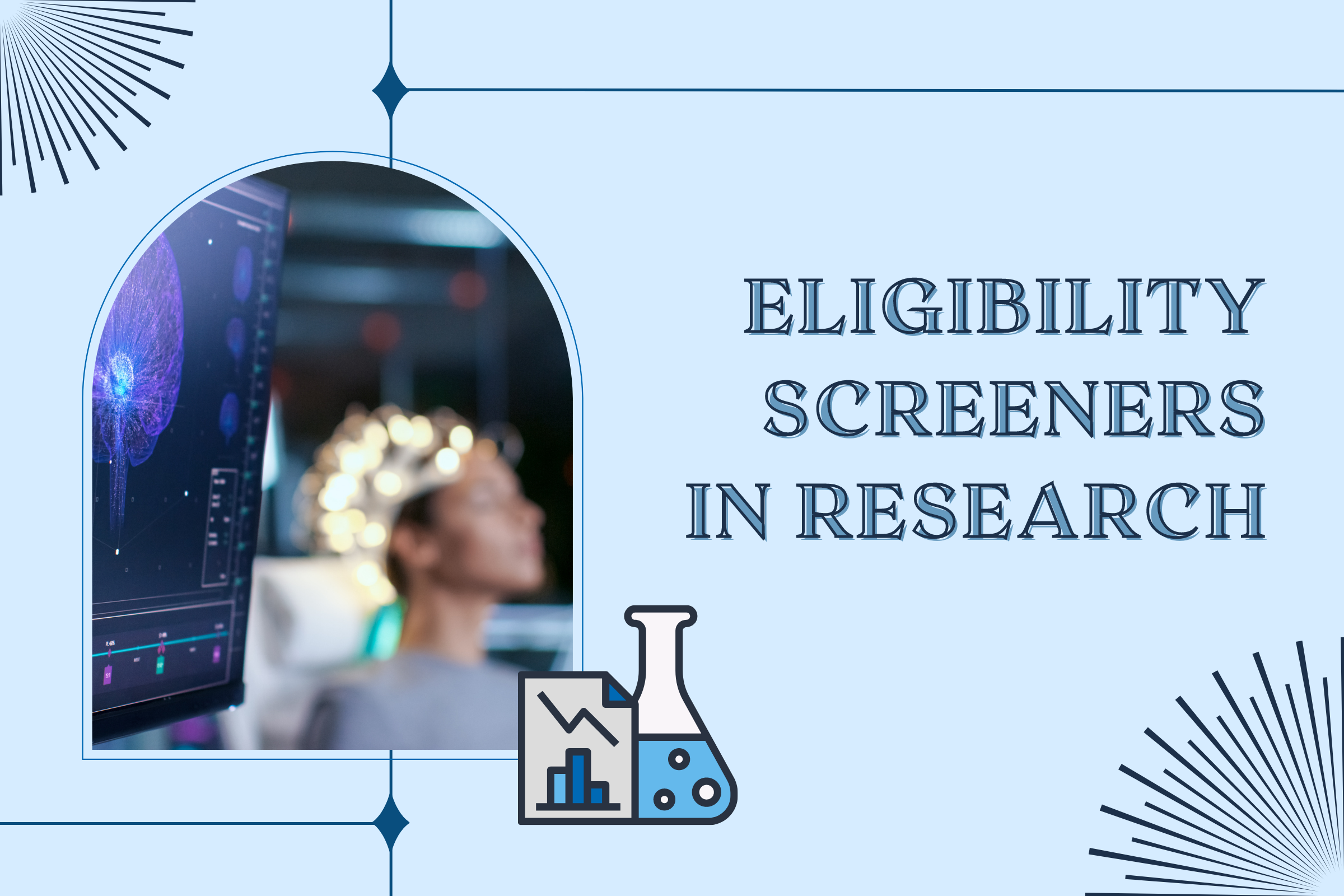Eligibility screening or “pre-screening” is used to describe an activity where researchers determine whether potential participants are eligible to participate in their research study (based on exclusion and inclusion criteria). Eligibility screeners often take the form of a survey or an interview prior to the main study activities. A screener may be conducted via phone, Zoom, or in survey format via Qualtrics. Eligibility screening is considered part of the recruitment process. For studies that meet the federal definition of Human Subjects Research, eligibility screeners should be reviewed and approved by the Teachers College Institutional Review Board (TC IRB). TC IRB will determine if the screener aligns with the researcher's study aims and stated study inclusion and exclusion criteria.
Data Collection in Eligibility Screeners
Eligibility screeners should only collect data that is related to the screening process and should not be used for research purposes or analysis. Screeners typically do not collect private, identifiable information that can be linked back to the potential participant. Instead, they are used to ensure that individuals meet inclusion criteria and identify whether there are any qualities that might exclude their participation from the research activities. Contact information for individuals who are not eligible to participate in the research should be promptly destroyed or deleted. Screeners that collect private identifiable information may be required to collect consent (Eligibility Screener Consent Template).
There are times when potential participants must disclose a medical diagnosis or stage of severity of a medical condition in order to qualify to be part of the main research study. For example, a researcher may administer a mental health screener to potential participants when determining whether they qualify for a therapeutic intervention. HIPAA authorization forms are only required if a medical provider must disclose a disorder to the researcher as part of the screening process. The HIPAA authorization form, screener, and others can be found in TC Mentor IRB/Documentation.
Eligibility Screener Consent
In cases when the self-disclosed eligibility screener may collect and retain personal or sensitive information, informed consent may be needed. The consent should inform potential participants about the purpose of the eligibility screener, how the information will be used and stored, confidentiality protections, and if applicable, obtain permission to contact the eligible individual with future study opportunities.
The IRB may apply the criteria to waive documentation of informed consent (i.e., signature) as commonly done with online minimal risk surveys. TC IRB has developed an Eligibility Screener Consent Template for investigators who use a study subject eligibility screener, including a mechanism for individuals who may qualify for the study but choose to opt-out of their own free will.
The different sections may include:
If the eligibility screener does not collect personal or identifiable information, a formal consent form may not be required. Researchers should still ensure the individual is informed about the screener activities and duration, and whether they are eligible to participate (or when they will find out). Researchers can adapt the Eligibility Screener Consent Template to be a shorter version (about a paragraph). It should include information to help the potential participant understand what will be required of them.
Whether you are preparing an eligibility screener consent or providing a short paragraph, the information should be clearly communicated, at a level that the target population can understand. For more information, please review our Writing for an IRB Review and Prepare, Present & Polish pages.
